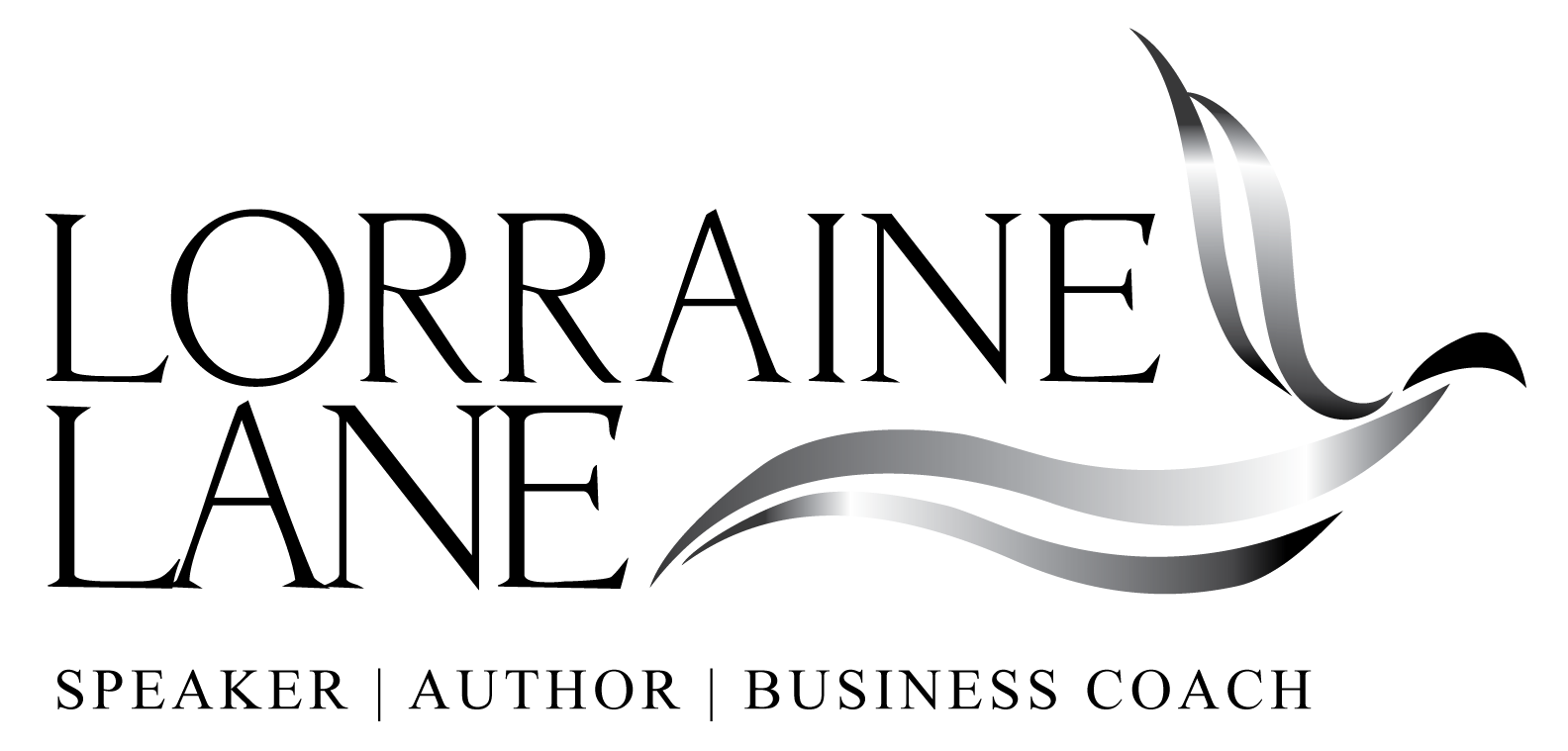 There are no two ways about it; we all have the same 24 hours, 1440 minutes, 86,400 seconds in a day. But have you noticed that for some life is hectic and chaotic, while for others it appears to be smooth sailing? How is it for you?
There are no two ways about it; we all have the same 24 hours, 1440 minutes, 86,400 seconds in a day. But have you noticed that for some life is hectic and chaotic, while for others it appears to be smooth sailing? How is it for you?
 In my interactions with small business owners over the past few years I have noticed the growing challenge of distractions. The list of diversions is long and getting longer! Cell phones, Facebook and other social media, e-mail, family, kids, spouse or significant other, clients, other business owners, TV, the news, demands on time, etc. Each one of these interrupters has its own long list attached!
In my interactions with small business owners over the past few years I have noticed the growing challenge of distractions. The list of diversions is long and getting longer! Cell phones, Facebook and other social media, e-mail, family, kids, spouse or significant other, clients, other business owners, TV, the news, demands on time, etc. Each one of these interrupters has its own long list attached!
During the course of a day there are many tasks requiring attention: serving your customers or clients, marketing your business, answering incoming calls, returning calls, responding to the endless e-mail, fulfilling orders, writing proposals, updating your social media, attending to your bookkeeping, filing paperwork, eating lunch (maybe), running errands, getting toner for the printer because it just ran out…and etc.
Here are four suggested ways to manage your time more efficiently:
- Identify your revenue generating activities: make a list of what you do each day. Keep this running list for a week. Note how much time you dedicate to each task or activity. How did that task or activity contribute to revenue generation? Look at your schedule again and make sure that you allow enough time for the tasks and activities that bring you the most money.
- Stop multi-tasking: The constant switching between tasks is not an efficient way to get things done. The switching back and forth cuts off your concentration and focus. A task that could be finished in an hour ends up taking 2 – 3 hours. Here is a link to a great article on multi tasking …….It is well worth the 15 minutes to read it: Multi-tasking: how to survive in the 21st century, by Tim Harford, in the Financial Times Magazine (UK), http://www.ft.com/intl/cms/s/2/bbf1f84a-51c2-11e5-8642-453585f2cfcd.html
- Schedule time for e-mails and returning of phone calls. This habit creates work space during your day. Allowing the constant interruption of calls and e-mails is a hard and bad habit to break. It is a well-known fact that an interruption reduces your productivity greatly. Mastering any practice or skill takes concentration and a good look at habits that might not be serving your best interests.
- Set a timer for 45 minutes. You can do this with your cell phone, computer or an old fashioned kitchen timer. When it goes off, ask yourself how you spent the past 45 minutes. Did you accomplish your task? If not, why not. Remember, this is just information! Set your timer again. Again ask yourself the question about how you spent that time. After doing this for a few days, you will notice a pattern evolving. Either you are constantly distracted from your intended tasks or you stay focused and productive. If you are never accomplishing your planned tasks, do what it takes to better manage the distracting activities. Never accomplishing tasks is exhausting. Making progress is energizing and happy making!
“People can’t multitask very well, and when people say they can, they’re deluding themselves,” says neuroscientist Earl Miller. “The brain is very good at deluding itself.” It is a proven fact that we can’t focus on more than one thing at a time.
What we can do, he said, is shift our focus from one thing to the next with astonishing speed.
“Switching from task to task, you think you’re actually paying attention to everything around you at the same time. But you’re actually not,” Miller said.
“You’re not paying attention to one or two things simultaneously, but switching between them very rapidly.”
Miller said there are several reasons the brain has to switch among tasks. One is that similar tasks compete to use the same part of the brain.
“Think about writing an e-mail and talking on the phone at the same time.Those things are nearly impossible to do at the same time,” he said.
“You cannot focus on one while doing the other. That’s because of what’s called interference between the two tasks,” Miller said. “They both involve communicating via speech or the written word, and so there’s a lot of conflict between the two of them.”
Researchers say they can actually see the brain struggling. And now they’re trying to figure out the details of what’s going on.
“I try to learn from the past, but I plan for the future by focusing exclusively on the present. That’s where the fun is.”– Donald Trump

